Since 1975, when the Swedish optics company “Aimpoint” created and commercialized the first “electronic” sight combining a reflecting curved mirror and an LED light, red dot sights have advanced dramatically in both accuracy and visual clarity.
These days the market is flooded with different types of red dot sights. From handgun sights to rifle sights and cheap to expensive there is truly something for everyone.
This article will hopefully help you better understand red dot sights and their use.
How a red dot sight works
Some people like to call red dot sights “laser sights” but that really isn’t true because there is no laser in the sight at all. The light you see in a red dot sight is actually from an LED node. That LED light is what allows your sight to run for so long without running out of power. Most quality red dot scopes will run for around 6 months on one battery.
When you look at your red dot sight you will see on one side a clear lens and on the other side a rose-colored or sometimes goldish-colored lens. This colored lens is the secret to your red dot sight. The coating on the lens allows every wavelength of color to pass through the lens except for the color red.
The lens that is used inside is a special lens called a “parabolic reflector.” This allows the red dot reticle to stay in alignment with your gun regardless of eye position. Basically, it collects light wavelengths and directs them into the correct position, in this case, the wavelengths align with your eyesight.
Besides red dot sights, these days parabolic reflectors are most commonly used in satellite dishes, reflecting telescopes, and radio telescopes.

How to zero a red dot sight
Before we get into the specifics on how to properly zero in a red dot sight I want to briefly address MOA (minute of angle)
So what is MOA?
MOA is just a unit of measurement. When we say 1 MOA we’re talking about 1 inch at 100 yards. So if we are in the backyard or at the range and we place a target at 100 yards when we fire at the target we can start “zeroing” the scope depending on where the impact point is in relation to our intended impact point.
Each red dot sight should have an elevation and windage adjustment knob. You will need to take off the turret caps to begin adjusting your scope. Most scopes are 1 MOA per click. There are a few high-end scopes that are different but the majority are 1 MOA per click. So what does that mean? That means if I shoot my rifle and it hits 6 inches low of the intended mark (at 100 yards) then I would need to make 6 clicks on the elevation turret. After adjusting, you will need to take some more shots and re-adjust because each scope is a bit different and are not always exactly 1-inch increments. This method holds true for windage (left and right) adjustments as well.
Some people may ask what if my target is at 50 yards? Well the MOA is still 1 inch at 100 yards, that will never change. What we need to do in this case is some simple math, at 50 yards we will need to double our clicks on the turret. So let’s say you are 4 inches low of your intended impact point. At 100 yards you would simply turn your elevation turret 4 clicks but at 50 yards we need to double that, so we would need to turn it 8 clicks.
This is by no means an exact science, every manufacturer is a little different but this method should get you very close to your intended impact point.

Red dot sight adjustment tool
A lot of manufacturers try to make it as easy as possible for their customers. On some scopes these days the top of the turret caps can work as your adjustment too. What you need to do is take the cap off, turn it over, and it will have an indentation that works as a flat-head screwdriver allowing you to make the necessary adjustments.
If your turret caps do not have this feature don’t worry, a simple flat-head screwdriver will work just fine.
For mounting your scope to your gun you will need an Allen Wrench. Some scope manufacturers are making it easier for us by installing “quick mount” tech that allows you to forgo using any tools to mount your scope. This new tech comes with a preinstalled lever that you can turn to fasten or loosen your scope to the gun rail.
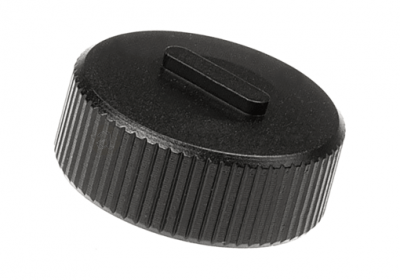
How accurate are red dot sights
Red dot sights can be extremely accurate depending on the skill level of the individual and the equipment he/she is using.
Like with anything you need to get out there and practice, you can buy the best scope on the market and still not be able to hit a thing if you don’t use it regularly. That being said with scopes you usually get what you pay for, you do not need to buy the most expensive red dot sight on the market, but you should also not purchase the cheapest either. The lower-end scopes tend to easily lose their accuracy over time.
Red dot sights have become extremely popular over the years due to their durability and accuracy at short to mid-level distances.
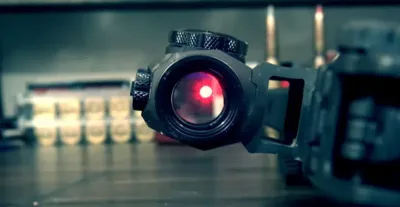
What distance is a red dot sight good for
Due to lacking magnification, red dot sights work best at short to mid-level distances (0-100 yards).
Red dot sights provide an immediate large image regardless of eye relief making them a perfect option for home defense. Police forces all over the world often use them in SWAT situations where they are in close quarters.
If you are looking for something to hit the bullseye at 100+ yards then I would suggest you look for a decent magnified scope. Although some people report success with red dot scopes at longer distances I would recommend looking into LPVO (Low Power Variable Optic) scopes if you are trying to reach out to that 125 + yards range.
LPVO scopes are currently the most popular scopes on the market and for good reason. I will be covering these scopes in a future post to go over the benefits they bring to the table.
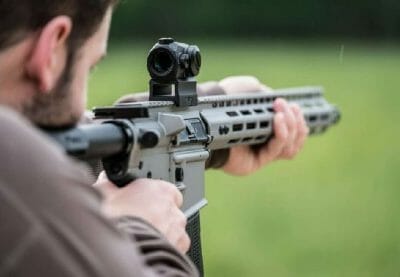
Now get out there!
The red dot is smaller, less costly, and ideal for close to mid-range shooting. They work great on handguns, rifles, and shotguns. Next time you are at the gun shop or surfing online take a look at the many options and benefits red dot sights have to offer.

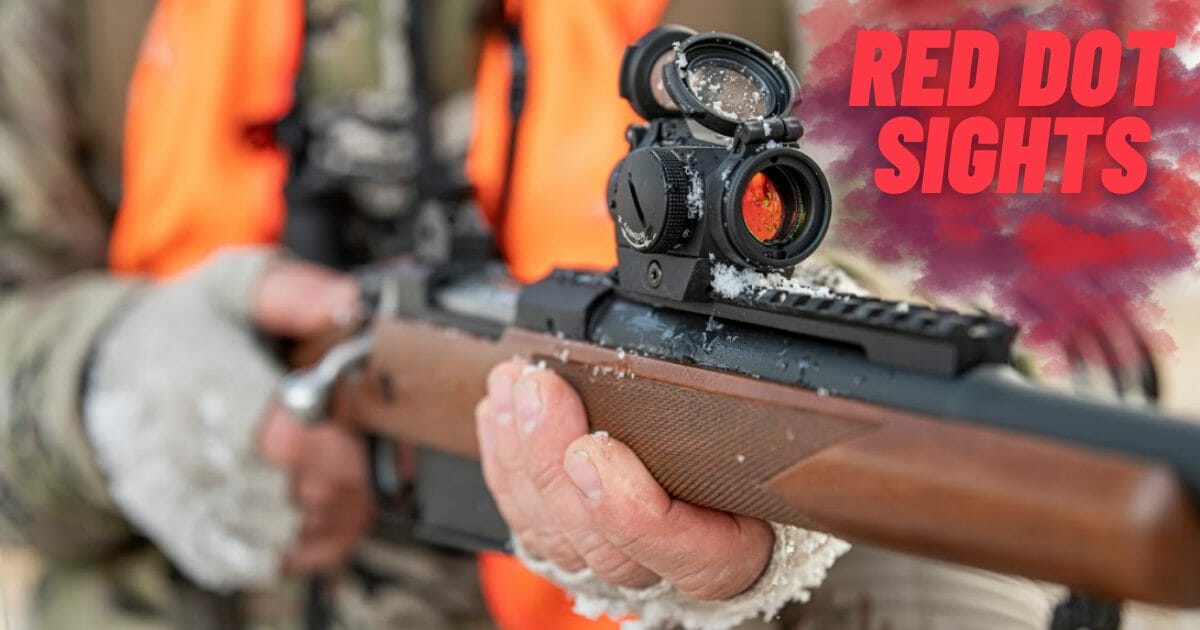


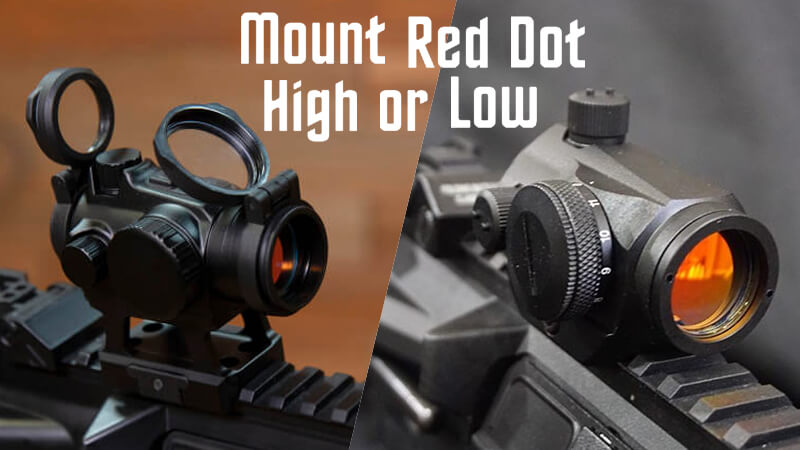
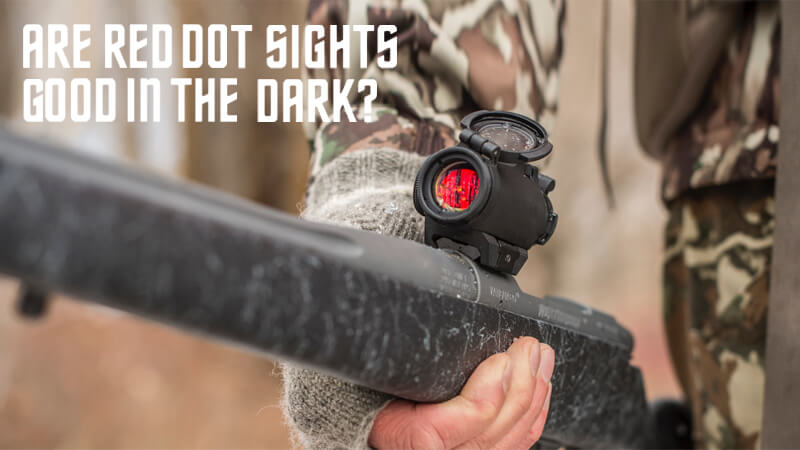
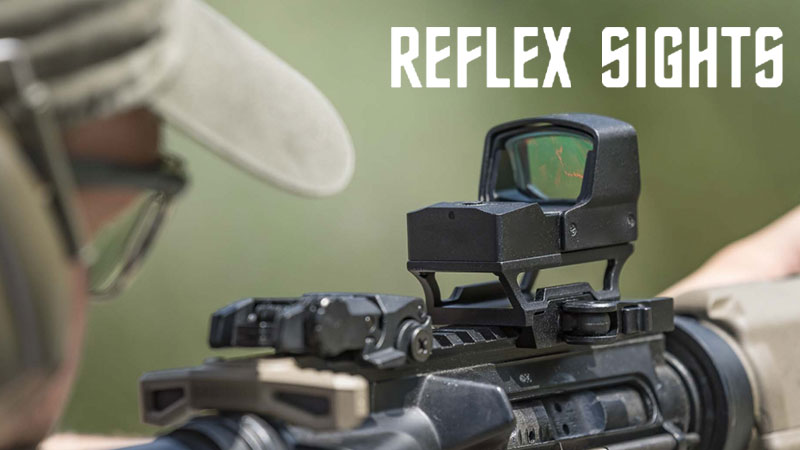

Leave A Comment
You must be logged in to post a comment.